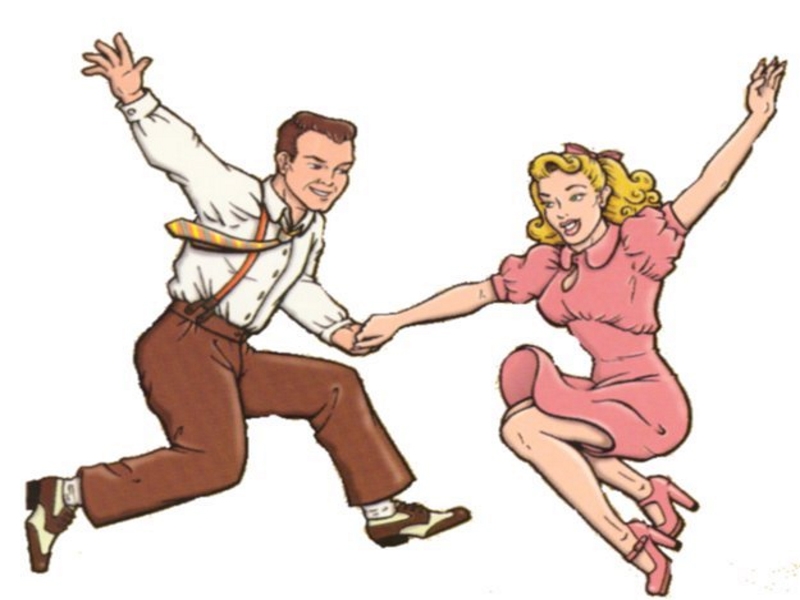The Lindy Hop is an American dance that evolved in Harlem, New York City, in the 1920s and 1930s and originally evolved with the jazz music of that time.
It was very popular during the Swing era of the late 1930s and early 1940s. Lindy was a fusion of many dances that preceded it or were popular during its development but is mainly based on jazz, tap, breakaway and Charleston. It is frequently described as a jazz dance and is a member of the swing dance family.
In its development, the Lindy Hop combined elements of both partnered and solo dancing by using the movements and improvisation of black dances along with the formal eight-count structure of European partner dances. This is most clearly illustrated in the Lindy’s basic step, the swingout. In this step’s open position, each dancer is generally connected hand-to-hand; in its closed position, men and women are connected as though in an embrace.
There was renewed interest in the dance in the 1980s from American, Swedish, and British dancers and the Lindy Hop is now represented by dancers and loosely affiliated grass-roots organizations in North America, South America, Europe, Asia, and Oceania.
Lindy Hop is sometimes referred to as a street dance, referring to its improvisational and social nature.


